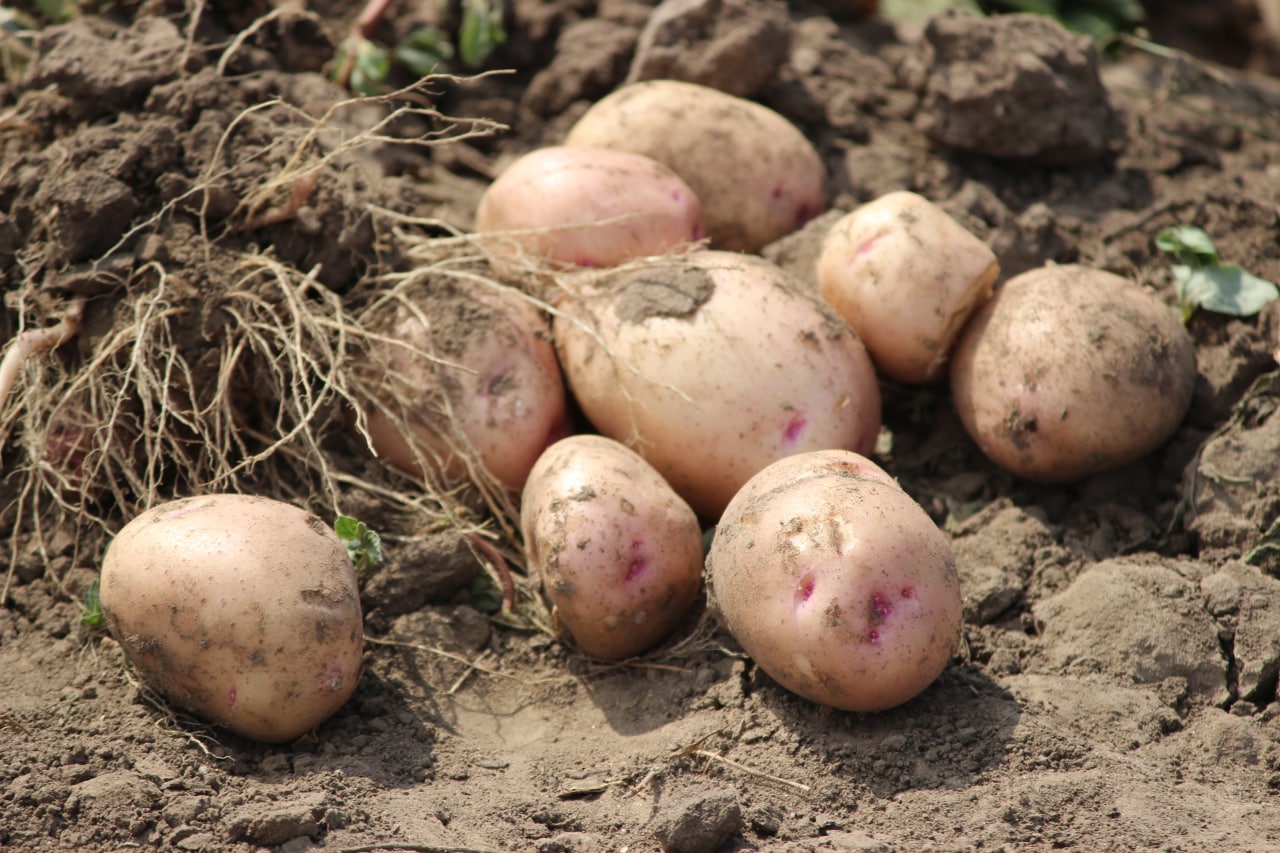Advantages of using a large fraction potato seeds during planting.
When planting potatoes, seed selection plays a crucial role in the formation of the yield. One of the factors that can significantly improve the yield and quality of potatoes is the use of a large seed fraction.
In this article, we will look at the benefits of using such potato seeds during planting.

Ability to germinate quickly
One of the main advantages of using large potato seeds is their ability to germinate quickly. Large potatoes have more energy and nutrients to germinate, allowing them to take root and start growing faster. This is especially useful in cold climates or spring frosts, where rapid germination will help avoid cold damage and ensure an even distribution of the crop.
Increased resistance to diseases
A large fraction potatoes are more resistant to pest and disease attack. Such potatoes are able to respond more quickly to infection and restore their resistance. This helps reduce the impact of diseases and pests, increasing the overall yield potential of the field.
Improved potato quality
The use of large seeds also contributes to improved potato quality. Such tubers tend to have fewer deformations and defects, which makes them more attractive to consumers and further provides increased value for the farmer.
More efficient use of space and resources
The use of large seeds helps to reduce the density of planting rows, as fewer potatoes are placed on one square meter of land. This ensures better access to light, moisture and nutrients for each plant, which contributes to their healthier growth.
Increased yields
One of the most significant benefits of using large seeds is an increase in yield. Thanks to faster germination, better disease resistance and improved potato quality, farmers can get more product from their fields.
Conclusion:
Using a large seed fraction during planting has a number of advantages that can have a positive impact on yield and product quality. Choosing the right seed size is an important aspect of potato production, and these benefits can help farmers ensure consistent yields and meet consumer demands.



